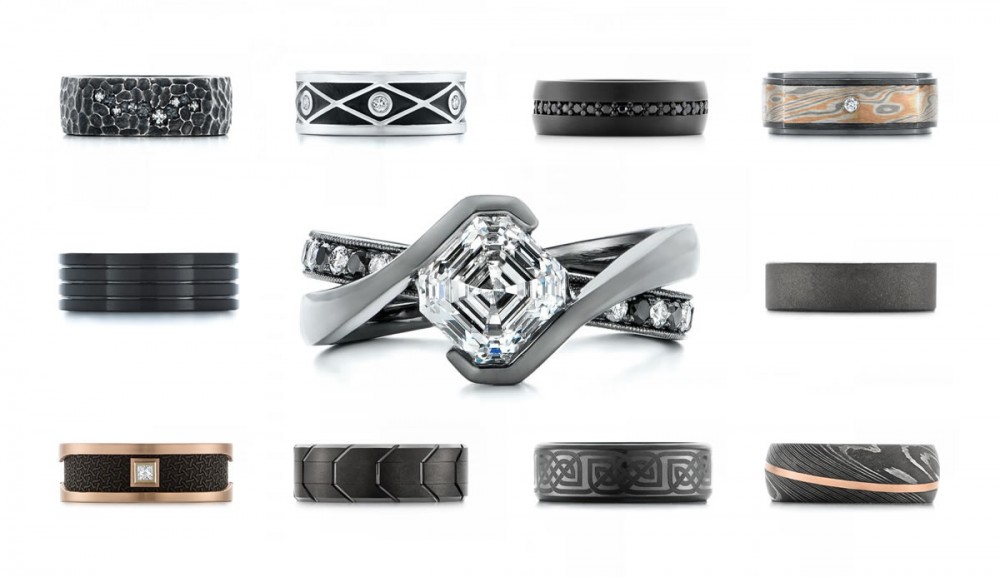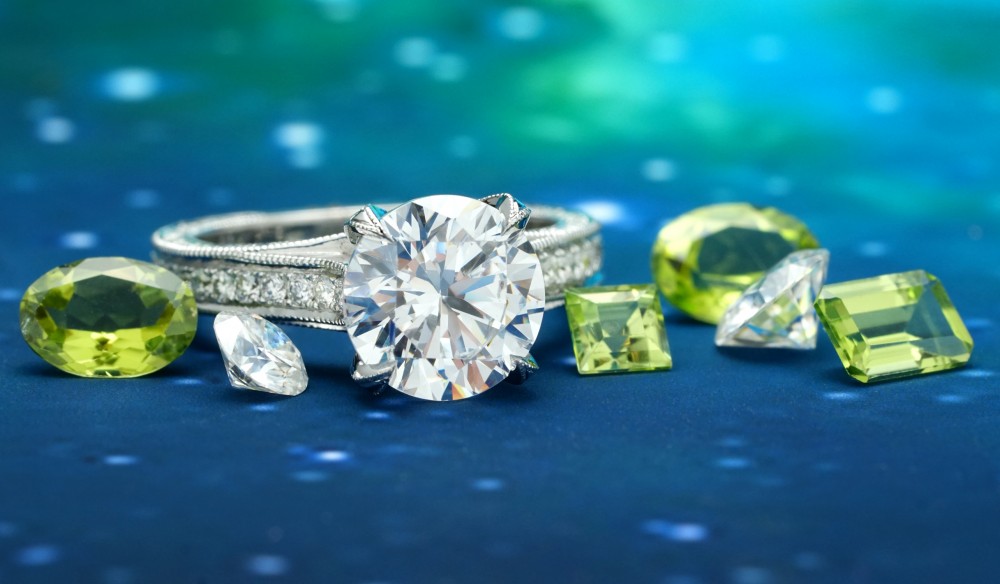The Truth About Lab Grown Diamonds

Recently we've been receiving a lot of questions about lab grown diamonds (also known as cultured diamonds), and we have the answers you seek!
If you have more questions after this, feel free to contact us.
What are lab grown diamonds?
Lab grown diamonds are optically, chemically, and physically identical to natural diamonds. They are a great alternative to natural diamonds.
They're also known as lab grown, lab created, engineered, cultured, or synthetic.
Are lab grown diamonds real? Can you see a difference?
Yes, they are "real" diamonds. The only difference is that instead of naturally growing miles under the earth's surface, they were grown in a lab. Although trained professionals can see the difference with special tools, you will not see a difference.
They are just as hard and sparkly as natural diamonds.
Since they are grown in a sterile lab, some lab grown diamonds are actually perfect; they do not have the natural inclusions (like birthmarks) that natural diamonds have that are caused by other chemicals and natural changes in the earth.
Are lab grown diamonds eco-friendly?
Yes! They are conflict free and their creation does not harm the environment. At Joseph Jewelry, we source our lab grown diamonds from a California company. They grow and cut their diamonds in their San Francisco facility. These diamonds do not involve any tainted labor practices, environmental damage, or negative impact on the economy.
How are lab grown diamonds made?
Just like natural diamonds, they are created from a "seed" of carbon and intense pressure is applied, causing the seed to crystallize. It is the same process that natural diamonds go through underground, minus the inclusions from other chemicals that are present.
One of the processes used to grow lab diamonds is called CVD, or chemical vapor deposition. Here, atomic hydrogen is used to help convert carbon bonds into diamond.
Is a lab created diamond the same as cubic zirconia and moissanite? (Also, what is synthetic versus simulant?)
No, these are not the same! A lab diamond is optically, chemically, and physically identical to a natural diamond. It is a synthetic, or man made, version of the original, real diamond.
Cubic zirconia (CZ) and moissanite are diamond simulants: they only simulate the look of a diamond, but that is as far as the similarities go. They have different characteristics than diamonds (they are not as hard, for example) and they do not have a high monetary value, both for purchasing and reselling.
Where can I buy lab grown diamonds?
We can source almost any lab grown diamond or gemstone you want. We work with the top companies in the country, and we will find you the best possible gem for your price range. Read Our Reviews
Are accent/melee diamonds lab grown too?
They can be! You can request this on your custom jewelry.
How are lab grown diamonds graded?
They are graded by the same standards as natural diamonds. However, you will find that most are graded by IGI, not GIA: this is because GIA will label a lab grown diamond as "synthetic" on the certificate, implying that the diamond is not real. This can be confusing to consumers.
What is the value of a lab grown diamond?
You can purchase a lab grown diamond for a more reasonable price than natural diamond. But with that said, lab grown diamonds are flooding the market, and therefore may not hold their value over time. They also cannot be passed off as natural to a trained professional. Natural diamonds are rarer than lab grown, and they hold their value over time, and sometimes their value even increases.
Can I find lab grown fancy colored diamonds?
Yes! You can find many shades, including blue, pink, and yellow.
Do lab grown gemstones exist, too?
Yes yes yes! Lab grown gems, especially sapphires, are a great choice. We can source almost any shade and hue for you.
What shapes of lab grown diamonds are available?
Almost all the usual shapes are available: round brilliant, princess, oval, cushion, emerald, pear, marquise, and more.
Why do some prefer natural and some prefer lab grown diamonds?
Lab grown diamonds are great in that they are affordable, conflict free, environmentally friendly, and identical to natural diamonds in every way. However, the disagreement comes on the topics of maintaining value, and the tradition of diamond. After all, diamonds are forever- or at least, the ones that were formed millions of years ago under the earth's surface are forever. In the end, the decision is all up to you and your partner. It's our job to make sure you make an informed purchase and get exactly what you want for your ring.
Ready to find your perfect ring?
All photos are property of Joseph Jewelry unless stated otherwise.

Black Wedding Rings, Black Engagement Rings, and Black Metals
Black wedding bands can be found in a variety of metals, including carbon fiber, gold, zirconium, and solid diamond. Most of these pieces can be customized to reflect your style.
Guide
Gemstones From Space
A few gemstones have varieties that came from outer space via meteor or the pressure from an asteroid landing on Earth caused them to enter existence. Read on to learn about these materials!
Guide
Instagram Inspiration - 2017
Easily find all of the rings featured on our Instagram!
Guide



